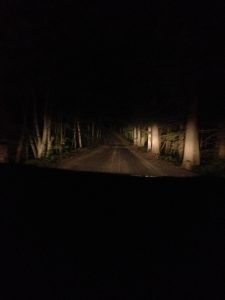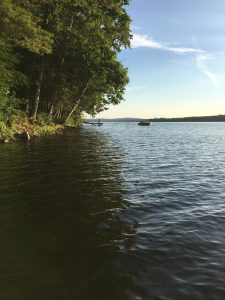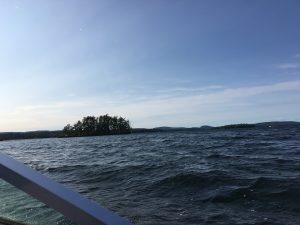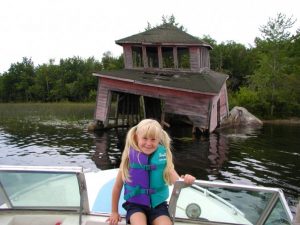Most of the archival documents that were located were from the North Adams Public Library but were all newspaper clippings or pamphlets of the location (some with varying differences in information on the Natural Bridge). I have been in contact with a professor on the MCLA campus in hopes that he has some more information on the Natural Bridge. While I am currently waiting to hear back from the Environmental Studies professor, I did get to look through said newspaper articles and do some online research. Most the research that turned up online was not particularly backed by any confirmed sources but a general knowledge. I am currently looking for the exact words that Nathaniel Hawthorne wrote about Natural Bridge. A local historian seems to have some useful information regarding this, however with previous experience looking into his work, I am unsure how much of it was accurate so I decided against using his work until I can meet with the professor. I am excited to update the timeline after meeting with him seeing as I do enjoy this particular template (I have used it several times for history and research classes).
The materials that I was able to come across at the public library have increased my interest in the location and have motivated me to continue reaching out to others for resources. Currently the state park is closed so there are no tours. The park opens late in May so as of right now I am trying to reach out and see if it is possible to still schedule a tour, and if it is not, if someone is willing to answer a couple questions over the phone about Natural Bridge since the state site provides little detail on the location.
As I already said, I have used this particular template/program before and after familiarizing myself with it once more I can say that I still enjoy it. It helps organize thoughts and keeps the dates in order so you don’t have to flip back and forth trying to manually organize everything on your own. I think that for this project it is incredibly beneficial to utilize this program. I think that StoryMap (which I have never had the opportunity to use) would be beneficial for Natural Bridge if we had photographs of the arch, the dam, the gorge, the open space, the sculptures… I think that once we make the trip over and take photographs it will be interesting to see how it looks using StoryMap. We are planning to head over soon to see if the sound installation is still being used/ if it is still running despite the state park being closed.
I’m excited to gather more information and personal photographs on Natural Bridge in the next few days.



